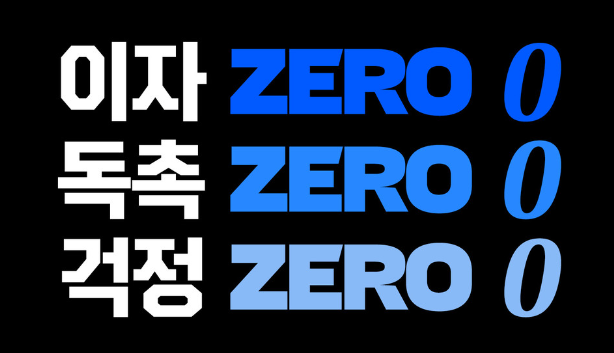In today’s fast-paced world, many individuals find themselves in overwhelming financial situations, struggling to manage debts and make ends meet. One effective solution for such hardships is the concept of 개인회생, or personal rehabilitation. This system is designed to help individuals regain control of their financial situations and work towards a more stable future. In this article, we will explore what 개인회생 is, the eligibility criteria, the process involved, and its benefits.

What is 개인회생?
개인회생 is a legal procedure enacted in South Korea that allows individuals burdened with significant debt to restructure their payments, providing them with a fresh start. It aims to protect debtors from creditors while enabling them to repay their debts over a manageable period, often spanning three to five years. The program caters primarily to those who do not have the means to repay their debts fully yet are capable of making some payments over time.
Eligibility Criteria for 개인회생
To qualify for 개인회생, applicants must meet certain criteria. First and foremost, the individual must be a debtor with an income that allows them to make some form of payment but is unable to repay the debts in full. Generally, individuals with debts exceeding a specified threshold, which is set by the court, can apply.
Moreover, individuals applying for 개인회생 should not have been subject to bankruptcy or any similar proceedings within the past five years. It’s important to note that certain debts, such as those arising from fines or damages caused by criminal activities, are typically excluded from consideration in the 개인회생 process.
The Process of 개인회생
- Consultation: The first step in the 개인회생 process is to consult with a legal professional or a debt counselor. They can provide insights and help evaluate whether this option is the right choice for your situation.
- Application: Once the decision is made to proceed, the appropriate application must be submitted to the court. This application typically includes detailed information regarding income, expenses, assets, and liabilities.
- Court Review: After submitting the application, the court will review the case. This step involves assessing the debtor’s financial situation and determining whether they qualify for 개인회생.
- Repayment Plan: If the court approves the application, a repayment plan will be established. This plan outlines how much the debtor will pay each month over the designated repayment period.
- Completion: After fulfilling the terms of the repayment plan, the debtor will have the remaining debts discharged, allowing for a fresh financial start.
Benefits of 개인회생
The primary advantage of 개인회생 is the opportunity it provides for individuals to manage and reduce their debts effectively. Some key benefits include:
- Debt Relief: It allows individuals to discharge a significant portion of their debts, enabling them to regain financial freedom.
- Protection from Creditors: During the course of the 개인회생 process, creditors are prohibited from taking action to collect debts, offering debtors a reprieve from constant pressure.
- Structured Payments: The repayment plan established by the court ensures that individuals are making payments relative to their financial capabilities, preventing overwhelming financial burdens.
- Credit Recovery: Although there may be an immediate negative impact on credit scores, successfully completing a 개인회생 plan can positively influence future creditworthiness, as creditors may view the individual as having managed debts responsibly through the legal process.




